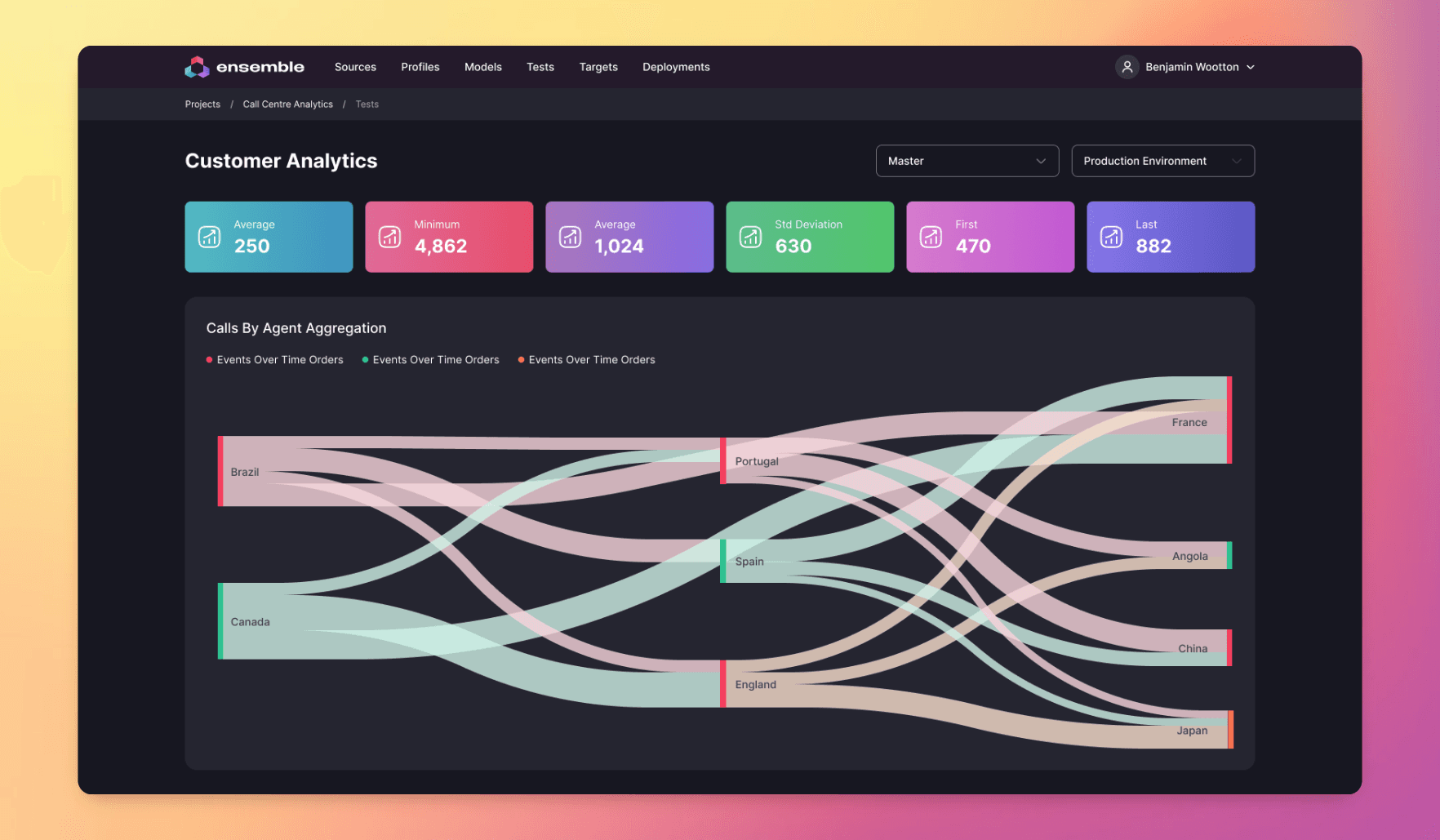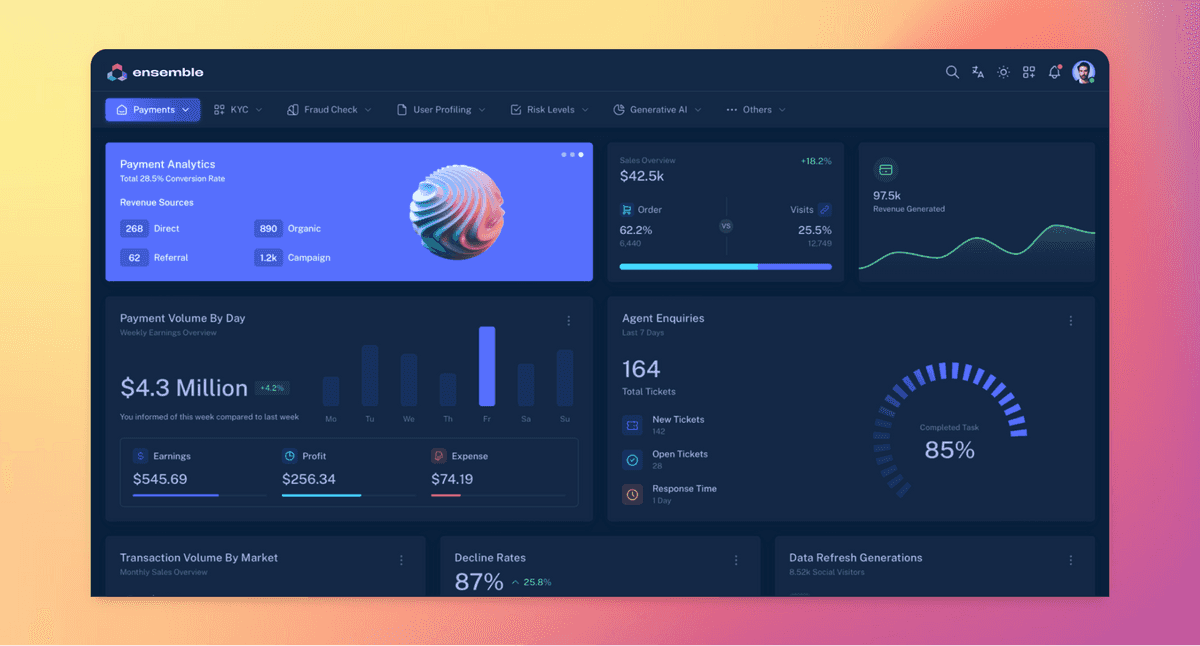
AI and data can be harnessed to automate document management, streamlining workflows, improving efficiency, and reducing the risk of errors. Here are several ways AI and data technologies can be utilized for automated document management:
Document Classification and Sorting
Implement AI-based document classification algorithms to automatically categorize documents based on their content. Natural Language Processing (NLP) models can analyze the text within documents to identify categories, making it easier to sort and organize files.
Data Extraction and Indexing
AI-powered Optical Character Recognition (OCR) tools can be employed to extract text and relevant data from scanned documents. This extracted information can then be used to create searchable indexes, enabling quick retrieval of documents based on specific criteria.
Content Summarization
AI algorithms can be applied to automatically generate document summaries, providing a concise overview of key information. This facilitates faster decision-making and allows users to quickly assess the content of a document without going through the entire text.
Automated Tagging and Metadata Assignment
Use AI to automatically assign tags and metadata to documents based on their content. This metadata enhances searchability and enables users to find relevant documents efficiently. Machine learning models can learn from user behavior to continuously improve the accuracy of automated tagging.
Workflow Automation
Integrate AI-driven workflow automation tools to manage the lifecycle of documents. Automated workflows can be designed to route documents through approval processes, trigger notifications for specific actions, and ensure that documents follow predefined paths for review and collaboration.
Document Version Control
AI algorithms can assist in maintaining version control by automatically tracking changes made to documents. This ensures that users are working with the most up-to-date versions and helps prevent conflicts or inconsistencies in collaborative document editing.
Intelligent Search and Retrieval
Implement AI-driven search functionalities that understand natural language queries and can provide relevant document suggestions. This makes it easier for users to find the information they need quickly, even if they don't know specific keywords.
Security and Compliance Checks
Use AI to enforce security policies and compliance checks automatically. AI algorithms can identify sensitive information within documents, ensuring that privacy regulations are adhered to and that confidential data is protected.
Predictive Analytics for Document Trends
Leverage predictive analytics to identify trends in document usage, access patterns, and collaboration behaviors. This information can be used to optimize document management processes, allocate resources more effectively, and plan for future document-related needs.
Natural Language Processing for User Interactions
Implement Natural Language Processing (NLP) capabilities for user interactions with the document management system. Users can use natural language commands to perform tasks such as searching for documents, requesting summaries, or initiating workflow actions.
Automated Archiving and Deletion
AI algorithms can be employed to automatically archive and, when necessary, delete documents based on predefined retention policies. This helps in managing document storage efficiently and ensures compliance with data retention regulations.
By integrating AI and data technologies into document management systems, organisations can automate routine tasks, enhance collaboration, and improve the overall efficiency of their document-related processes. This not only saves time and resources but also reduces the likelihood of errors associated with manual document management.
Technical Foundations
Unfortunately, traditional tools and approaches to data and analytics do not scale to deliver solutions like this.
There are too many delays in the process, and the systems often used are not performant enough to process high volumes of data with low latency. In addition, traditional business intelligence tools are not rich and flexible enough to meet the business demands.
This technology stack needs to be re-invented for the cloud, with tools and architectural patterns that are built for real-time advanced use cases and predictive analytics:

Introducing Ensemble
We are Ensemble, and we help enterprise organisations build and run sophisticated data, analytics and AI systems that drive growth, increase efficiency, enhance their customer experience and reduce risks.
We have a particular focus on ClickHouse, the fastest open-source database in the market, which we believe is the fastest best data platform for systems like this.
Want to learn more? Visit our home page or download our free report that describes the process for implementing advanced analytics in your business.



